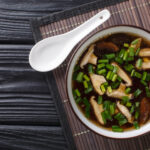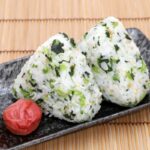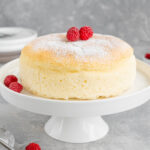When it comes to sushi, there are a variety of toppings that you might come across. Some of these will add interesting textures, and others will be packed full of flavor.
Popular options include things like sesame seeds, nori flakes, bonito flakes, ikura, avocado, and much more. You could also use your own garnish if you have something else you prefer – the choice is up to you.
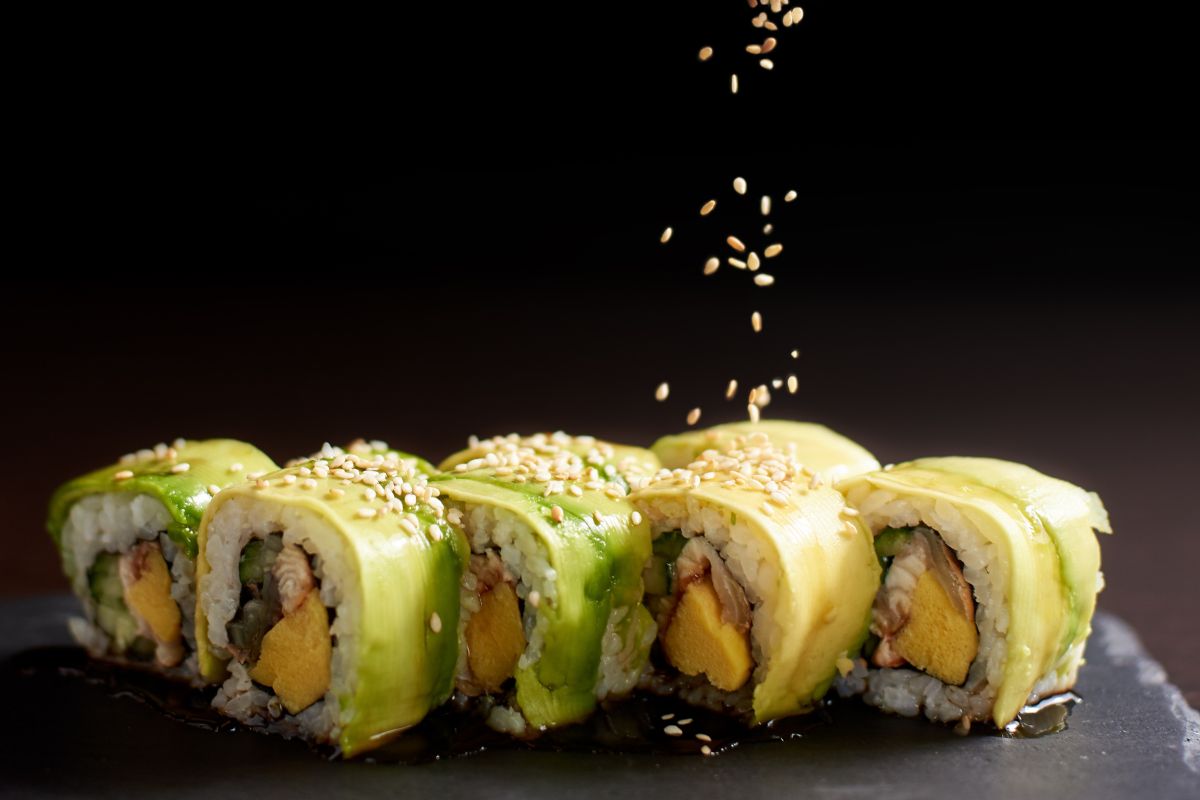
No matter that the topping is, it serves a purpose. It might work to enhance the flavor of the sushi, or to even out textures and flavor profiles.
However, despite their use, many people might be unfamiliar with the different garnishes that they could come across while enjoying sushi.
So, if you have ever wondered what that white, crunchy stuff on your sushi is, you’re in the right place.
Here, we will go through what that crunch could be, and explore some other popular sushi toppings that you are definitely going to want to try.
What Is The White Crunchy Stuff On Sushi?
If you do get served sushi rolls with white crunchy stuff on the top, you may wonder what it is. The white stuff is panko breadcrumbs which add a pleasing aesthetic to sushi and also a crunchy texture.
Panko bread is popular in Japanese cuisine with ‘pan’ meaning bread, and ‘ko’ which means flour. Panko breadcrumbs often accompany further toppings, some of which enhance the crunchy texture and are well thought out.
The panko breadcrumbs that you do find on sushi rolls may be white but they may be lightly browned as it simply looks better.
You can expect to find panko breadcrumbs to coat the outside of nori though it can also be used as a base for several dishes around the world.
These breadcrumbs tend to absorb less oil than typical breadcrumbs to create a lighter and tastier topping.
If you do have a range of sushi rolls to choose from, you should expect a bowl of panko breadcrumbs so you can add them as a topping.
The Sauces That Go With Crunchy Sushi
As there is a crisp texture that comes with crunchy sushi, you may want it to be served with a sauce. Spicy mayonnaise is typically a Western creation rather than a traditional Japanese one but works well with California rolls.
Ponzu sauce is citrus-based like a vinaigrette and is made from citrus juice, lemon zest, mirin, and soy sauce with kombu, and dried bonito flakes.
A ginger-soy sauce can add a depth of flavor to sushi and is simply prepared and then there is unagi sauce which is also known as eel sauce.
The Other Toppings On Sushi
There are several different toppings you can expect to find on sushi rolls. Another crispy topping is crispy onions which can bring a truly wonderful texture and a crunch to your sushi when you bite into it.
Tempura flakes also form a crunchy outside as well as add a pleasant taste to a California roll.
To create an even more crunchy texture, California rolls can be dipped in beaten egg, sriracha, and soy sauce then rolled in breadcrumbs and fried in a skillet.
As well as surrounding a piece of maki sushi, you can also expect some nori on top of sushi rolls. A subtler topping that you can find on sushi rolls is when each one is rolled in black sesame seeds.
On maki rolls, you may see a covering of brightly orange-red colored vivid balls which is flying fish roe known as tobiko. To add a heat to sushi, red pepper flakes or chili flakes can be sprinkled on top of a piece of sushi.
On both nigiri and maki, you can find a puffy piece of fried egg which has a soft texture and a sweet taste. Pickled seaweed that comes with sesame seeds is often found on maki rolls.
One exotic topping for sushi is furikake which is effectively a seasoning from dried bonito flakes and soy sauce. You could even add mango pieces, sliced eel, or mayonnaise to sushi and it should enhance the flavor.
What You Can Expect On A Plate Of Sushi
Adding toppings to sushi rolls is seen as both an aesthetic choice and a functional one. While it should look tempting and is considered an art form in Japan, these toppings play a role in the consumption of sushi.
While you can expect that crispy texture on a select number of sushi rolls, there are other accompaniments. You may be presented with some white stripes as a garnish which is shredded daikon, a form of radish.
If you see a dollop of vivid green paste, this should be a pungent serving of wasabi. This can be called Japanese mustard due to its pungent taste so should be used carefully.
True wasabi should come from the root of the wasabi japonica plant though horseradish root is typically used and mixed with green food coloring or spinach powder.
Pick up a small part of wasabi paste with your chopsticks and then mix it with the soy sauce for a flavorful dip.
To add a tang to your sushi, you can expect to find some thinly sliced ginger. These slices or strips are marinated in vinegar as well as sugar and are known as gari.
The gari may be in their natural color or they could appear pink. After each piece of sushi, you should take a piece of gari to cleanse your palette.
You may also get a small bowl of miso soup which is a popular accompaniment to sushi. The soup can act as a nourishing starter, especially when covered with warm edamame beans and green onion.
An imitation crab salad and a serving of kani salad goes well on a plate of sushi too.
Final Thoughts
The white crunchy stuff found on sushi rolls is panko breadcrumbs. The topping is used to create a pleasing aesthetic and a reassuringly pleasant texture.
Japanese cuisine does place a value on toppings so they should look good and add something to the flavor. That could be from crispy onions, sesame seeds, flying fish roe, or panko breadcrumbs.
Frequently Asked Questions
As well as being a prominent topping found on sushi rolls, you can expect to find panko breadcrumbs in plenty of dishes. Panko breadcrumbs are a popular topping for fish and meat as a single layer.
They can also be used for crab cakes, baked scallops, and on top of stuffed mushrooms. To add even more texture, you can add panko breadcrumbs to celeriac, truffle beignets, and to brownies.
The main difference between a California roll and a maki roll is where the rice goes. On a maki roll, you can expect the rice on the inside of the sushi roll while the nori provides a wrapping.
California rolls are effectively ‘inside out’ as the rice will be on the outside and the nori is on the inside.
Maki rolls can be covered with tobiko (flying fish roe) or black sesame seeds which California rolls have a crispy topping like panko breadcrumbs, tempura flakes, or fried onions.
- 16 Best Websites To Watch Japanese Movies With English Subtitles - May 11, 2023
- Is ZIPAIR The Best Airline For Traveling To Japan? - May 11, 2023
- Ryu Murakami Vs Haruki Murakami – Which One Should You Read? - May 11, 2023

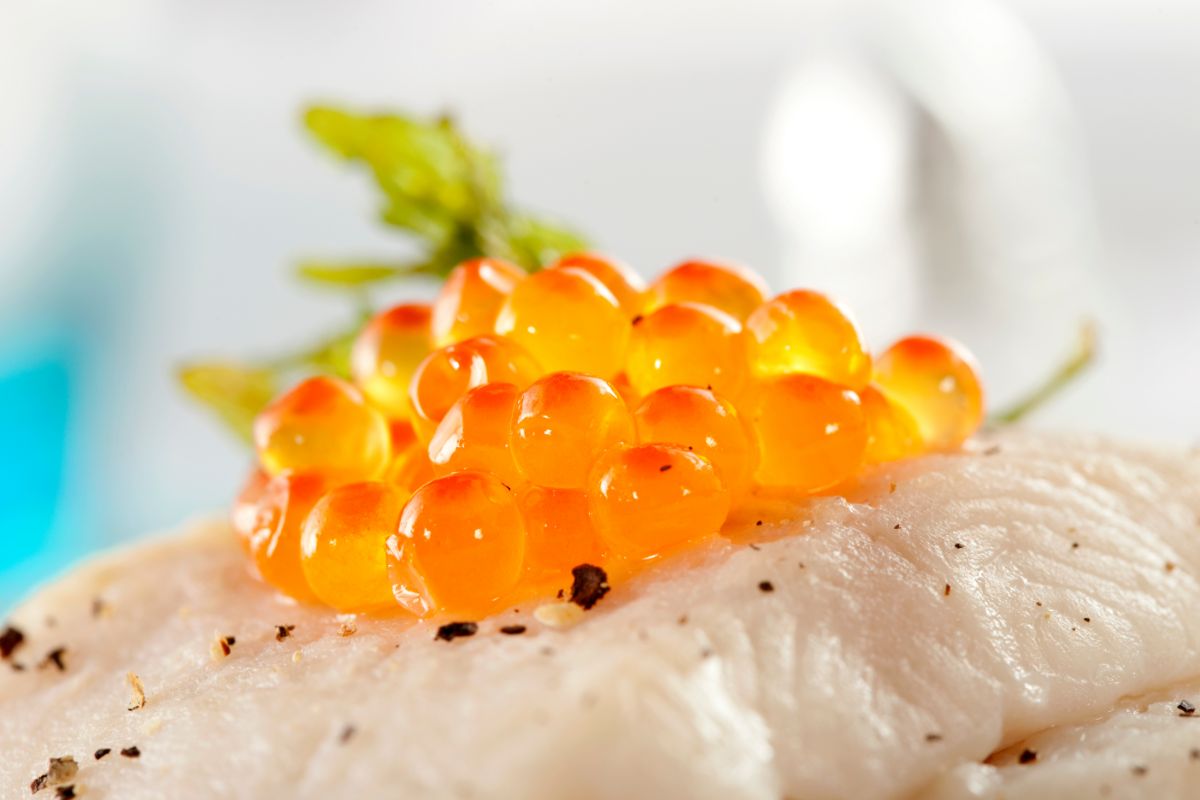
![What Sushi Has No Fish? [Vegetarian Sushi Explained] What Sushi Has No Fish? [Vegetarian Sushi Explained]](https://justaboutjapan.com/wp-content/uploads/2023/03/What-Sushi-Has-No-Fish-Vegetarian-Sushi-Explained-150x150.jpg)
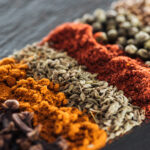
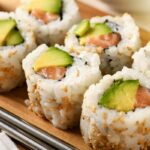
![How Many Types Of Sushi Are There? [Definitive Guide] How Many Types Of Sushi Are There? [Definitive Guide]](https://justaboutjapan.com/wp-content/uploads/2023/05/How-Many-Types-Of-Sushi-Are-There-Definitive-Guide-150x150.jpg)
